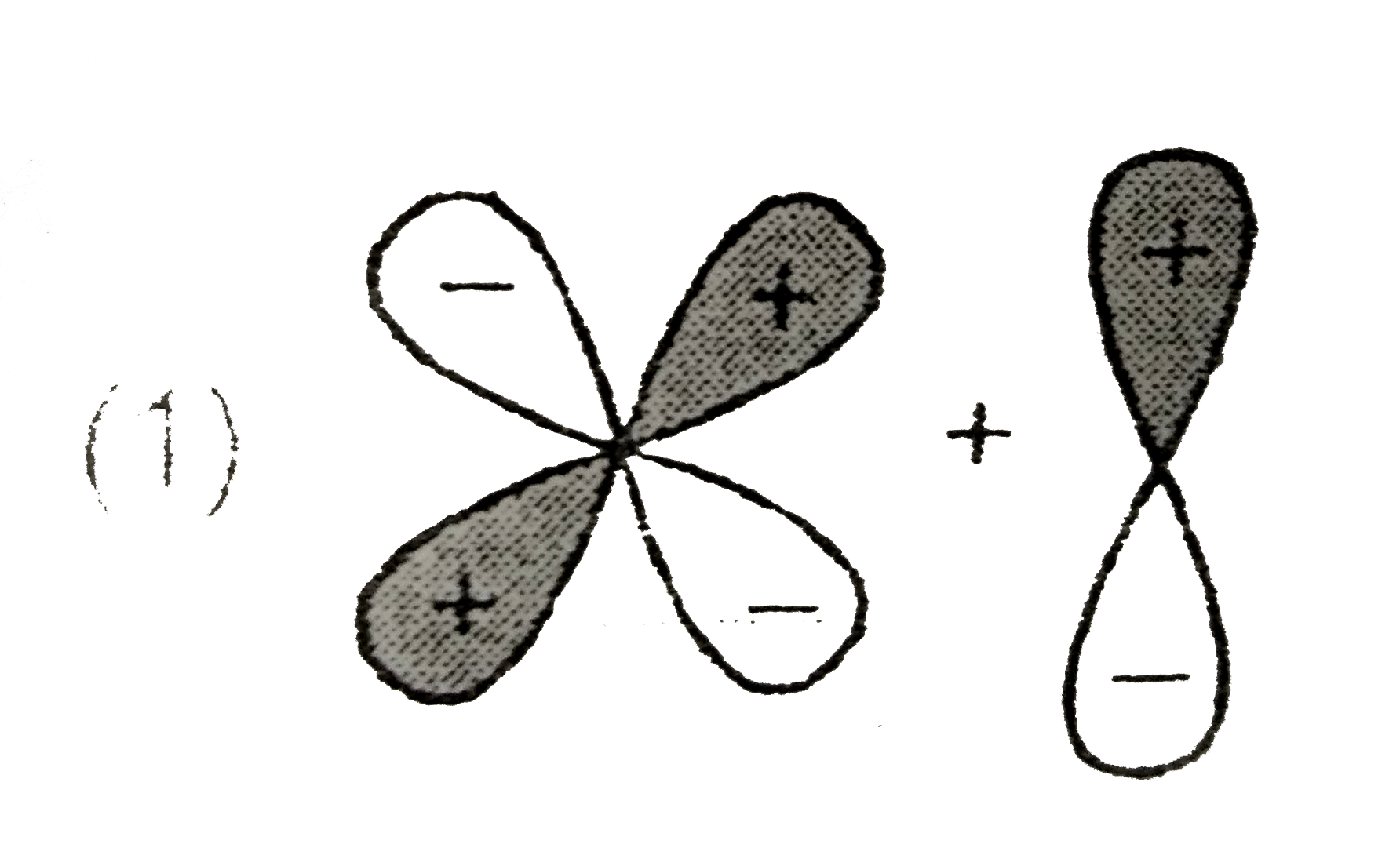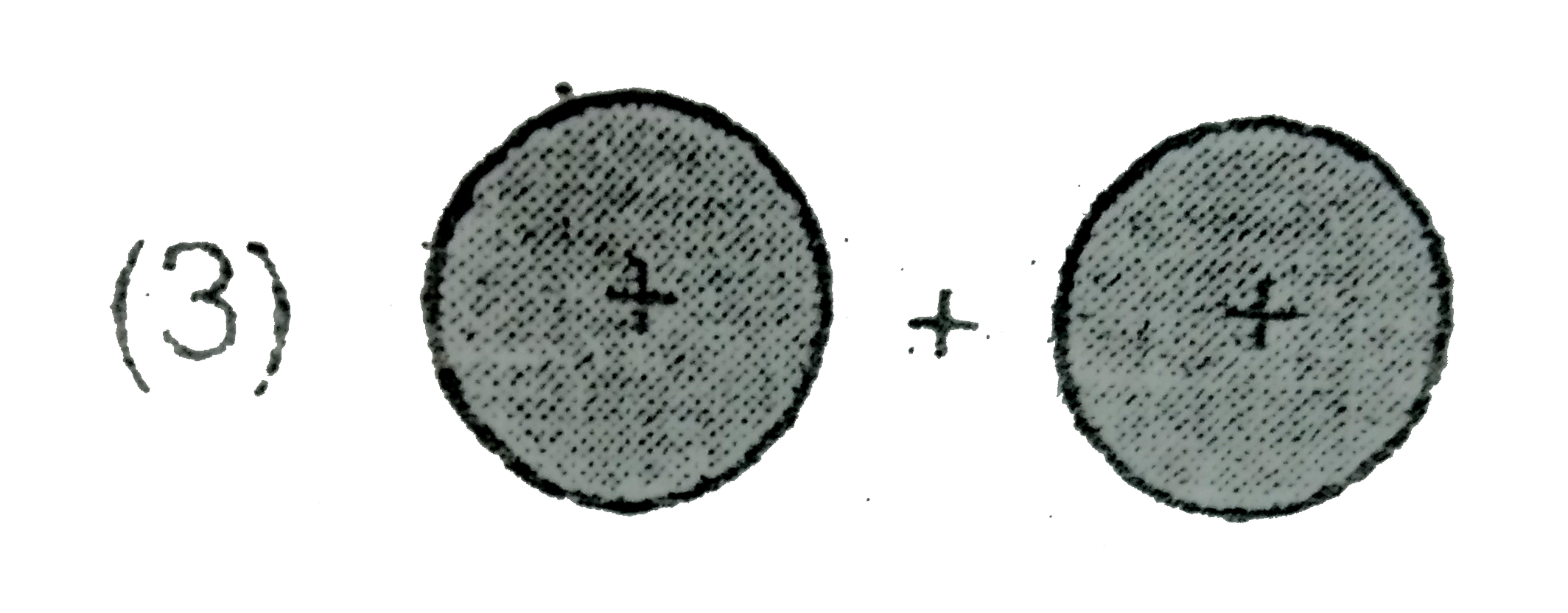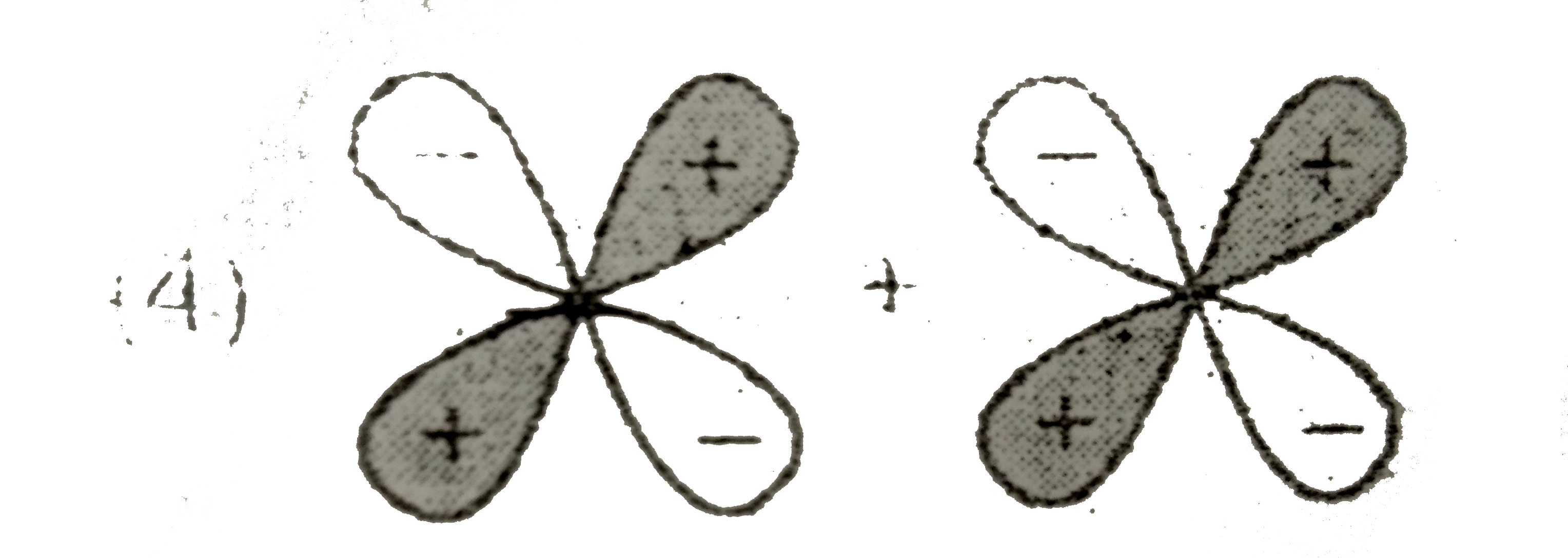Molecular axis is Z axis , then which of the following combination of orbitals will result in formation of σ molecular orbitals ?
px−px
s−s
pz−pz
py−py
The correct Answer is:B, C
Step by step video, text & image solution for Molecular axis is Z axis , then which of the following combination of orbitals will result in formation of sigma molecular orbitals ? by Chemistry experts to help you in doubts & scoring excellent marks in Class 12 exams.
Updated on:21/07/2023Topper's Solved these Questions
- CHEMICAL BONDING AND MOLECULAR STRUCTURE BOOK - AAKASH INSTITUTECHAPTER - CHEMICAL BONDING AND MOLECULAR STRUCTURE EXERCISE - Assignment Section - D (Linked Comprehension Type Questions)
11 Videos
- CHEMICAL BONDING AND MOLECULAR STRUCTURE BOOK - AAKASH INSTITUTECHAPTER - CHEMICAL BONDING AND MOLECULAR STRUCTURE EXERCISE - Assignment Section - E (Assertion-Reason Type Questions)
10 Videos
- CHEMICAL BONDING AND MOLECULAR STRUCTURE BOOK - AAKASH INSTITUTECHAPTER - CHEMICAL BONDING AND MOLECULAR STRUCTURE EXERCISE - Assignment Section - B Objective Type Questions(One option is correct)
37 Videos
- BIOMOLECULESBOOK - AAKASH INSTITUTECHAPTER - BIOMOLECULESEXERCISE - EXERCISE (ASSIGNMENT) SECTION - D Assertion - Reason Type Questions
5 Videos
- CHEMICAL KINETICSBOOK - AAKASH INSTITUTECHAPTER - CHEMICAL KINETICSEXERCISE - ASSIGNMENT (SECTION D : Assertion - Reason Type Questions)
15 Videos
Similar Questions
Knowledge Check
Which of the following combination of orbitals will form a nonbonding molecular orbital ?
A B
B C
C D
D
If molecular axis is Z then which of the following overlaping is not possible
APz+pz=σ bondBpx+py=π bondCpx+px=π bondDpy+py=π bondIf the molecular axis is Z then which of the following overlapping is not possible
Apz+pz=σ bondBpx+py=π bondCpx+py=π bondDpy+py=π bond
If z-axis be the internuclear axis, which of the following combination of orbitals would not form π-bond?
View SolutionWhich of the following combination of orbitals can not form bond. (If x axis in internuclear axis)
View SolutionMolecular orbital theory is based on linear combination of atomic orbitals (LCAO). According to LCAO when respective atomic orbitals of the atoms interact, they undergo constructive and destructive interference giving rise to two types of molecular orbitals, that is, bonding and antibonding molecular orbitals.
If z is the molecular axis then which of the following overlapping results in non-bonding molecular orbital?
View SolutionIf z-axis is internucleus axis then which of the following d-orbital can be used in π-bond formation?
View SolutionIf the z-axis if taken as the internuclear axis, then which of the following combinations of atomic orbitals is a nonbonding combination?
View Solution
